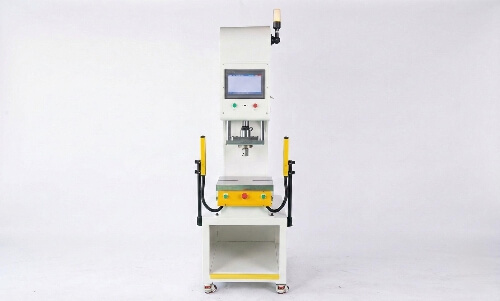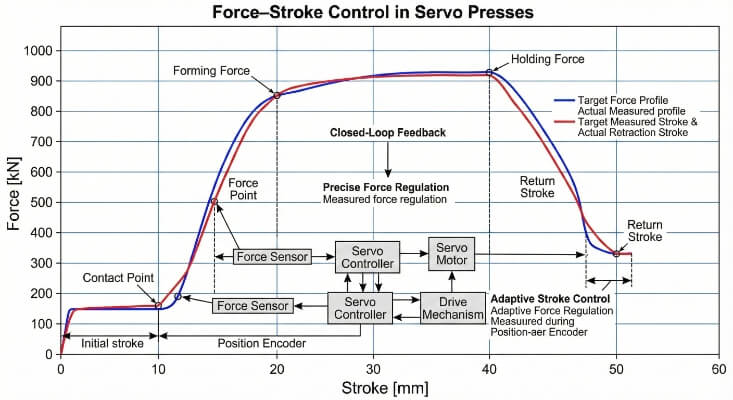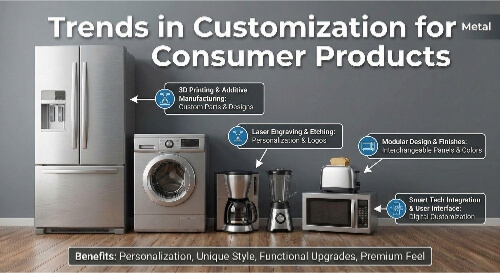Brass is a popular choice for many industrial projects. But if the wrong technique or alloy is used, you risk high scrap rates, product failure, and unnecessary costs. Whether you’re planning a prototype or a full production run, knowing how brass behaves during fabrication is key.
Brass can be a reliable material when the right fabrication methods are applied. Let’s break it down clearly and practically.
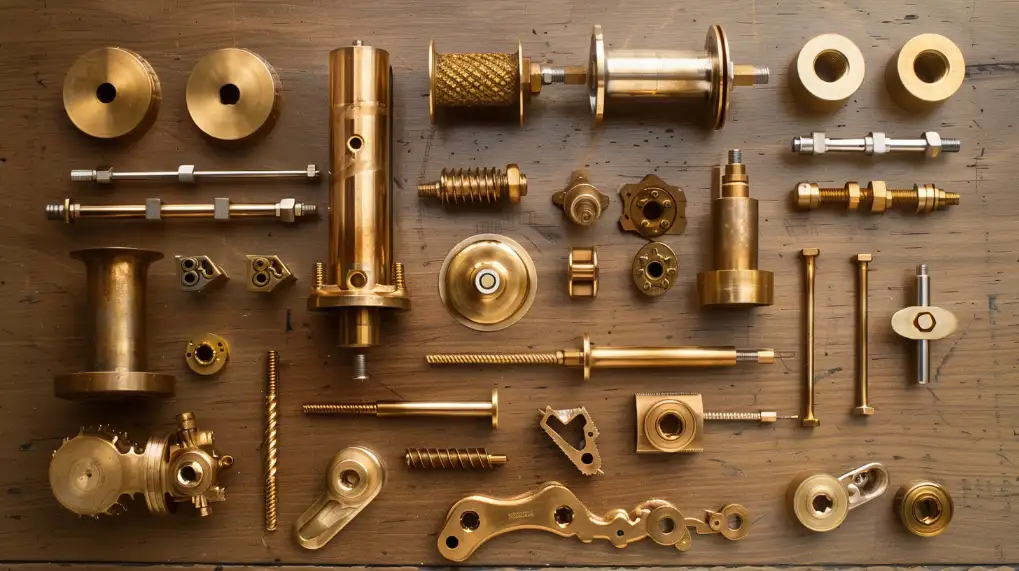
What is Brass Fabrication?
Brass fabrication means shaping brass into different parts or products through specific methods. Common methods include cutting, forming, and welding. Fabricators use these processes to turn raw brass materials into useful items or components.
Brass products are known for being strong, corrosion-resistant, and visually appealing. Industries that rely heavily on brass fabrication include plumbing, electrical equipment, automotive, and decorative items. Each industry selects the most suitable brass fabrication method based on the specific needs of their projects.
Types of Brass Sheet Metal in Fabrication
Different brass alloys serve various purposes. The zinc content and added elements change how the metal behaves. Here are three common types you’ll encounter:
Leaded Brass
Leaded brass contains 2-3% lead for better machining. It cuts cleanly and produces smooth finishes, making it perfect for CNC machining of small, complex parts. You’ll find it in valves, fittings, and electrical components. The lead improves workability but makes it unsuitable for drinking water systems.
Cartridge Brass
Cartridge brass is an alloy made from copper and zinc, typically about 70% copper and 30% zinc. This brass bends and forms well without cracking. Originally used for ammunition casings, it now appears in plumbing fixtures, springs, and radiator cores.
Naval Brass
Naval brass adds tin for extra seawater resistance. It’s the toughest of these three alloys. The tin helps prevent dezincification in marine environments. Shipbuilders use it for propeller shafts, pump parts, and underwater fittings. It’s stronger than other brasses but harder to machine.
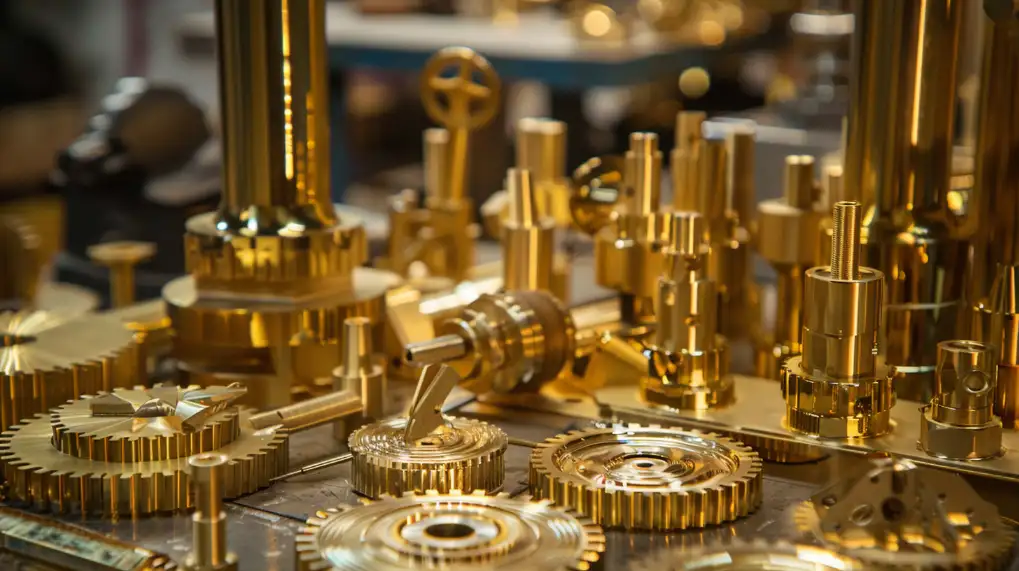
The Properties of Brass in Sheet Metal Fabrication
Understanding brass’s unique properties helps manufacturers pick the right material for each application. Below are the key properties that make brass highly valued in sheet metal fabrication.
Antibacterial Properties
Brass naturally resists bacteria. The copper in brass kills harmful bacteria on contact, keeping surfaces cleaner. This property makes brass perfect for healthcare environments, public fixtures, and door handles. Choosing brass reduces contamination risks and helps create safer products.
Durability
Brass is tough and durable. It resists wear and tear, withstands heavy use, and lasts longer than other metals. Brass maintains its strength even in tough conditions, making it reliable for parts that perform consistently over time. Durable brass components save businesses money on replacements and maintenance.
Electrical and Thermal Conductivity
Brass effectively conducts electricity and heat. Its good electrical conductivity makes brass ideal for electrical terminals, connectors, and switches. Brass also conducts heat well and is useful in heat exchangers, radiators, and automotive cooling systems. Choosing brass improves efficiency in electrical and thermal applications.
Finishing Capabilities
Brass takes finishes very well. It can be polished, plated, lacquered, or painted easily. These finishing options give manufacturers flexibility in creating attractive, high-quality products. Brass parts with smooth finishes also have better corrosion resistance, extending their lifespan.
Increased Resistance
Brass naturally resists corrosion and rust. This resistance increases when alloyed with elements like tin. Brass withstands exposure to moisture, saltwater, chemicals, and outdoor conditions. Its increased resistance makes it ideal for marine, plumbing, and outdoor applications.
Malleability
Brass is easy to shape without breaking. Its malleability lets manufacturers bend, stamp, roll, or press it into complex shapes and thin sheets. This makes brass suitable for intricate components, decorative items, and precise sheet metal work. Malleable brass reduces manufacturing difficulties and speeds up production times.
Brass Fabrication Processes Explained
Brass fabrication involves several common processes, each chosen based on the product’s requirements. Let’s examine the key techniques used in the industry.
Cutting and Machining
Laser Cutting Techniques for Brass
Laser cutting uses a focused laser beam to cut brass sheet metal precisely. This method provides high accuracy and smooth edges, even for detailed designs. Manufacturers prefer laser cutting because it is fast, precise, and leaves minimal waste.
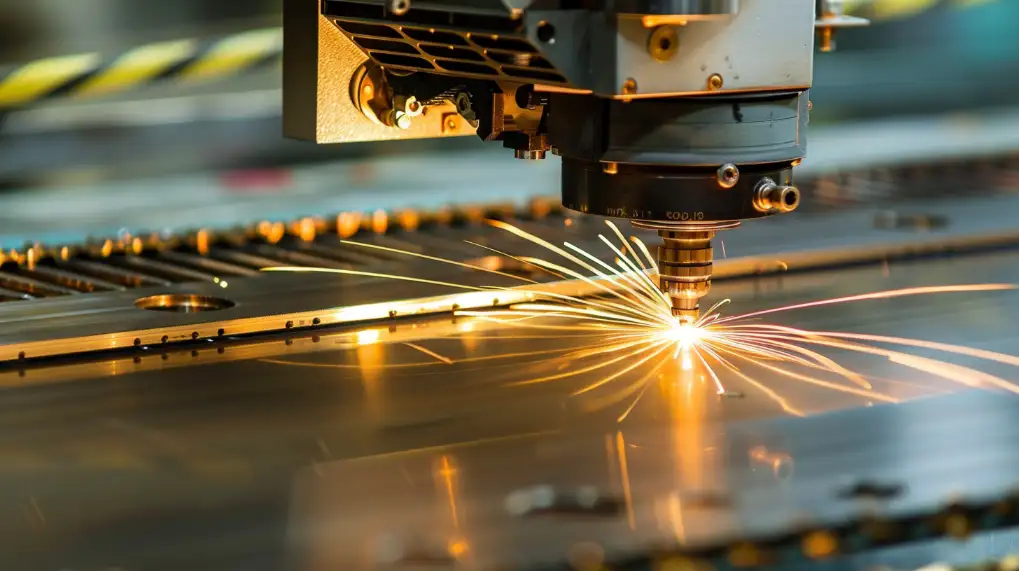
CNC Machining Brass Parts
CNC machining shapes brass parts with computer-controlled cutting tools. This process delivers consistent, accurate results every time. CNC machining efficiently handles complex shapes, precise dimensions, and tight tolerances.
Water Jet and Plasma Cutting Methods
Water jet cutting uses high-pressure water mixed with abrasive material to cut brass sheets cleanly and smoothly. This method is versatile and suitable for various thicknesses. Plasma cutting uses a high-temperature gas jet to quickly cut brass sheets, usually for thicker or simpler shapes.
Forming and Shaping Techniques
Cold Forming vs. Hot Forming in Brass
Cold forming shapes brass at room temperature, making parts strong and precise without heating. This method is fast, efficient, and cost-effective. Hot forming heats brass before shaping, allowing easier deformation and complex shapes. Hot forming suits thicker materials or intricate designs that need flexibility.
Stamping and Punching Brass Components
Stamping presses brass sheets into desired shapes using dies and punches. This process efficiently produces large quantities of identical parts. Stamping is fast, accurate, and suitable for brackets, connectors, and decorative pieces. Punching creates precise holes or cut-outs quickly and accurately, complementing the stamping process.
Bending and Rolling Processes
Bending involves pressing brass sheets into angles or curves. It creates accurate and repeatable shapes needed in many applications. Rolling gradually shapes brass sheets into curved or cylindrical forms. Both methods require precise tools and machines.
Sheet Metal Brass Welding
Welding brass involves joining brass components using heat and filler material. Common welding methods include TIG and MIG welding. Brass welding creates strong, durable connections, which are essential for many fabrication projects.
Surface Treatment and Finishing Options
Surface finishing improves brass products by enhancing appearance, protecting against corrosion, and extending durability. Below are common surface treatments for brass fabrication.
Polishing and Buffing Brass Surfaces
Polishing and buffing brass gives it a smooth, shiny finish. Polishing removes scratches or marks, creating an even surface. Buffing follows polishing to create a glossy, mirror-like finish. Polished brass looks attractive and resists surface corrosion.
Plating and Coating Techniques
Plating covers brass surfaces with another metal layer like nickel, chrome, or gold. It provides additional corrosion resistance and changes the look of brass. Chrome plating gives a shiny, modern finish often used for faucets and fixtures. Nickel plating offers increased corrosion resistance and durability and is suitable for industrial use.
Brass Powder Coating
Powder coating brass involves applying dry powder to the surface and baking it to form a strong protective layer. This creates a durable, corrosion-resistant, and attractive surface. It also provides a consistent color and finish, protecting brass against scratches and damage.
Brass Anodizing
Brass anodizing is not common since brass itself cannot be anodized directly. Instead, brass is sometimes coated or treated chemically to create an anodized-like surface. These alternative treatments increase surface durability and corrosion resistance.
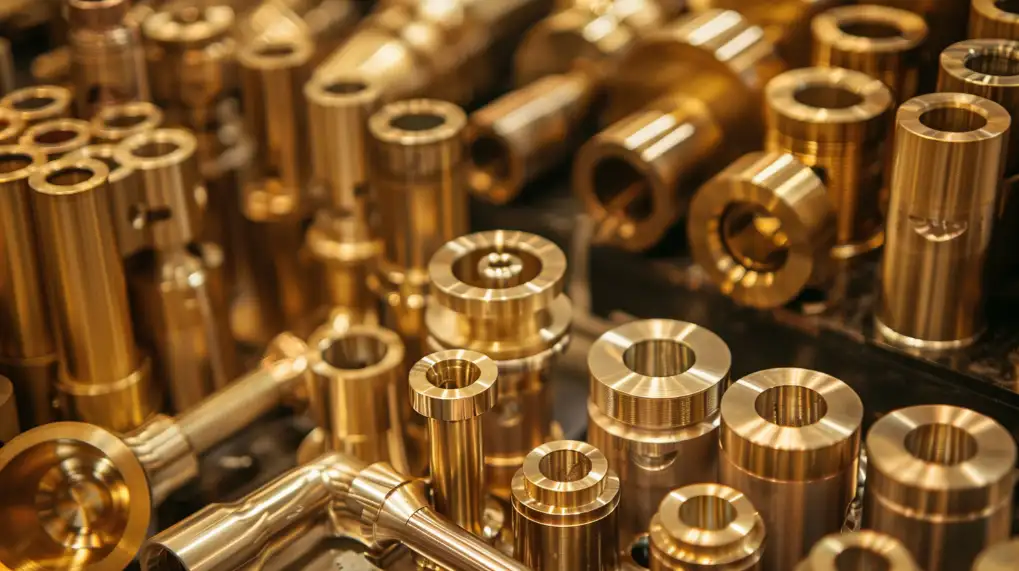
Key Industrial Applications of Fabricated Brass
Brass is widely used across many industries because of its versatility, strength, and attractive appearance. Here are the main industrial uses of fabricated brass products.
Automotive Industry
Brass components play a significant role in automotive manufacturing. They are commonly used in radiators, fittings, connectors, and valves. Brass efficiently manages heat and withstands extreme conditions under the hood.
Electrical and Electronic Equipment
Brass is ideal for electrical and electronic uses because of its excellent conductivity. It is widely used for components of terminals, connectors, switches, and circuit boards. Brass provides reliable electrical connections and resists corrosion, ensuring consistent performance.
Plumbing and HVAC Systems
The plumbing and HVAC industries rely heavily on brass fabrication. Brass valves, fittings, faucets, and couplings resist corrosion from water exposure, and their antibacterial properties help keep plumbing systems cleaner and safer.
Decorative Uses
Brass is also popular for decorative purposes. Its bright, attractive color and ease of polishing make brass ideal for interior designs, architectural accents, and decorative hardware. Brass fixtures, railings, door handles, lighting elements, and ornamental details enhance aesthetics.
Selecting a Reliable Brass Fabrication Provider
Choosing the right brass fabrication provider matters greatly. Start by evaluating the provider’s experience, especially with brass materials and similar products. Look for a company with a proven track record and positive customer reviews. Ask for samples or case studies to verify their capabilities and artistry.
Consider their available fabrication methods, machinery, and quality control standards. Reliable providers have clear processes to maintain product quality and consistency. Communication and responsiveness are also critical—pick a provider who quickly addresses your questions and concerns. Finally, choose a supplier who delivers on time at competitive prices.
Conclusion
Brass fabrication offers versatility, strength, durability, and an appealing appearance, making it suitable for various industries, such as automotive, electronics, plumbing, and decoration. By understanding key fabrication methods, properties, and finishing options, you can select the best approach for your project’s needs and ensure high-quality results.
Ready to start your brass fabrication project? Contact our experienced team today for expert guidance, competitive pricing, and reliable delivery. Let us help you achieve your manufacturing goals!
More Resources:
Recycling brass – Source: Scrap Gators
Properties of brass – Source: Rotax
Hey, I'm Kevin Lee

For the past 10 years, I’ve been immersed in various forms of sheet metal fabrication, sharing cool insights here from my experiences across diverse workshops.
Get in touch

Kevin Lee
I have over ten years of professional experience in sheet metal fabrication, specializing in laser cutting, bending, welding, and surface treatment techniques. As the Technical Director at Shengen, I am committed to solving complex manufacturing challenges and driving innovation and quality in each project.

